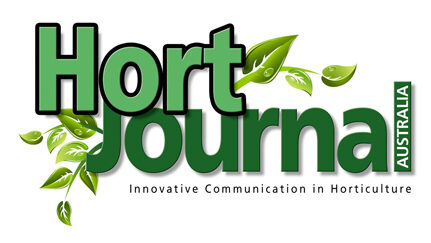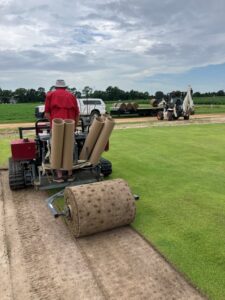
Turf breeding for the future
A turfgrass program’s expanding role in zoysia grass innovation
By Brian Schwartz and Sameer Khanal
The warm season turfgrass breeding program at the University of Georgia’s Tifton Campus continues to foster its long-standing and impactful public private partnerships to address key challenges in the turfgrass industry through cultivar development. Our research focuses on germplasm enhancement and characterisation (pre-breeding), and while conventional breeding practices remain central to our approach, novel phenotyping tools, such as drones equipped with diverse sensors, and molecular genotyping methods like DNA fingerprinting further enhance our efforts. Although the incorporation of genomics-enabled breeding has lagged in warm season turfgrasses, we anticipate these approaches will soon become commonplace. Our program has historically focused on bermudagrass* and centipedegrass breeding and has now expanded to include zoysiagrass.
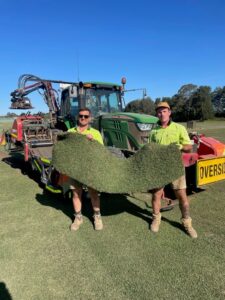
Zoysiagrass joins the breeding program’s core
Zoysiagrass breeding became a key priority of our program at the University of Georgia (UGA) in response to the industry’s need for more warm-season turfgrass options. The increasing prevalence of heat and drought has necessitated the adoption of low input, drought tolerant species across a broader geographic range. Among them, zoysiagrass stands out for its exceptional adaptability, offering resilience to cold, drought, shade, and salinity, along with reduced fertiliser, pesticide, and mowing requirements. Its versatility across applications, including home lawns, golf courses, public greenspaces, and roadsides, combined with its superior turf quality, has positioned it as a critical focus for our breeding program. Zoysiagrass breeding is not new in Tifton; ‘Emerald’ was released here by the United States Department of Agriculture (USDA) in 1955. Although there was a 54-year hiatus between this release and our first crosses in 2009, we have hit the ground running since then.
I (Brian) did my doctoral research at the University of Florida focused extensively on zoysiagrass genetics, abiotic and biotic stress responses, and turf performance traits. There we demonstrated that key characteristics such as turf density, colour, quality, plot establishment, spring green-up, fall (autumn) dormancy, and seedhead density exhibited sufficient heritability, indicating that meaningful improvements could be achieved through breeding and selection. My experiences in zoysiagrass research provided a foundation for expanding breeding efforts at UGA, where we initially focused on vegetative zoysiagrass cultivar development and have more recently expanded into seeded zoysiagrass breeding.
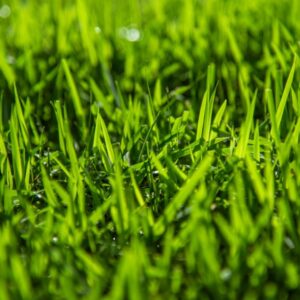
Key sources of zoysiagrass germplasm for breeding
A new plant breeding program relies on access to diverse germplasm resources, which provide the genetic variation needed to reshuffle breeding populations and create lines with superior genetic makeup. In addition to existing cultivars and publicly available germplasm, our research leverages zoysiagrass accessions acquired through collaborative agreements with Bladerunner Farms, Inc., a private company hosting one of the largest zoysiagrass collections in the United States, and Patten Seed Co. one of the largest warm-season turfgrass farming operations in the southeastern United States. Our efforts to generate genetic variability also include physical and chemical mutagenesis, chromosomal modifications, such as induced chromosome doubling and aneuploidy and, more recently, targeted genome editing using the CRISPR-Cas9 system. Currently, we are screening more than 20,000 breeding lines for turfgrass performance in our vegetative zoysiagrass breeding program.
Phenotypic recurrent selection in zoysiagrass: From hybridisation to field trials
Our vegetative zoysiagrass breeding procedure follows a recurrent phenotypic selection scheme (select-recombine-repeat), in which segregating populations are developed by hybridising parental lines with desirable attributes. The resulting progenies, numbering in the thousands, are propagated in the greenhouse and later transplanted into spaced plant nurseries for multi-year evaluations of establishment, turf quality, and natural stress responses, among other traits. These subjective, visual ratings are supplemented with data collected using small Unmanned Aircraft Systems (sUAS). Selection indices are calculated, and a subset of lines (hundreds) are advanced to replicated field trials at one or more locations, including Bladerunner Farms in Poteet, Texas. The best-performing lines identified from the advanced trials often become parents for the next selection cycle. A similar approach will be used in our new seeded zoysiagrass breeding program, with added emphasis on traits important to the seed industry. Early selection cycles will prioritise characteristics such as seed yield, germination speed, and rapid establishment.
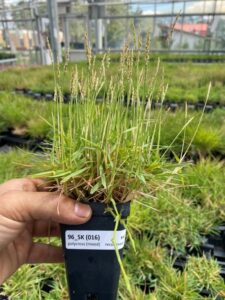
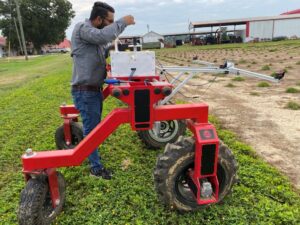
Multi-institutional efforts in turfgrass improvement and cultivar development
Between 2010 and 2024, six leading turfgrass research institutions in the US including North Carolina State University (NCSU), Oklahoma State University (OSU), Texas A&M University (TAMU), University of California (UCR), University of Florida (UF), and University of Georgia (UGA) secured a total of $16.2 million in funding through the USDA Specialty Crop Research Initiative. This funding supported coordinated agricultural projects aimed at improving warm season turfgrasses through interdisciplinary research. As a result of these grants, we expanded our testing sites across the southern United States, focusing on developing and promoting drought-tolerant cultivars of bermudagrass, St. Augustinegrass*, seashore paspalum, and zoysiagrass. To date, these projects have led to the release of more than 15 turfgrass cultivars, including three zoysiagrasses: Brazos, CitraZoy, and Lobo. Additionally, Zoysia Australis (entry name 16-TZ-14114), developed in our program, was launched in Australia and may soon be introduced in other regions around the world.
A billboard along the highway outside of town reads, ‘Think Tifton – The Turfgrass Capital of the World.’ Today, that message implies bermudagrass, but in the future, we hope UGA-bred zoysiagrasses will also stand the test of time.
* Note: zoysiagrass, bermudagrass, St. Augustinegrass and centipedegrass are the American terms for zoysia grass, Bermuda grass, St. Augustine grass and centipede grass.
Dr. Brian Schwartz and Sameer Khanal
Department of Crop & Soil Sciences
Institute of Plant Breeding, Genetics & Genomics
University of Georgia
E: tifturf@gmail.com
W: https://extension.uga.edu/topic-areas/field-crop-forage-turfgrass-production/turfgrass.html
